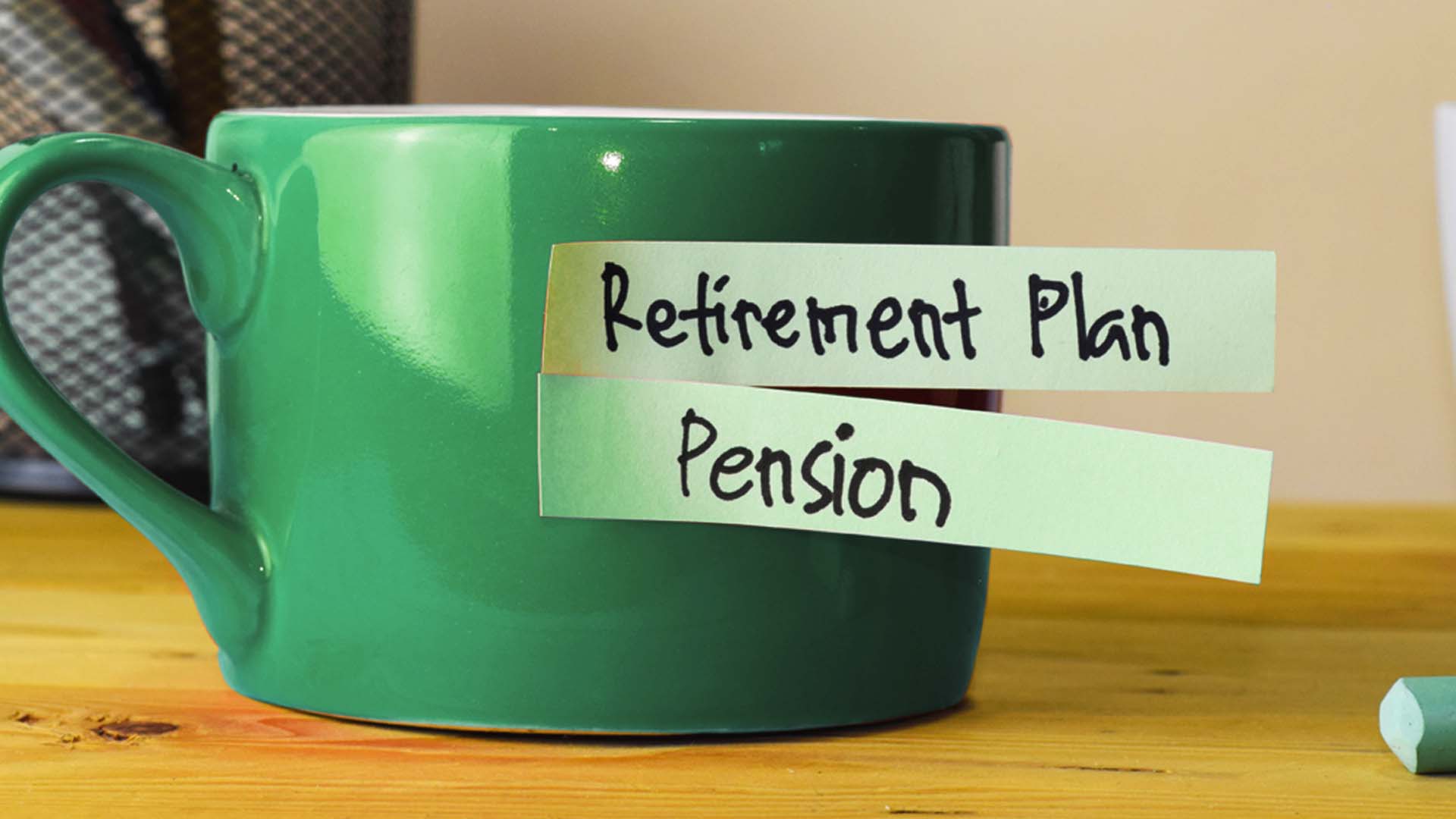Your retirement may still be a long way off, or perhaps it’s right around the corner. Wherever you are in life, it’s critical that you put the necessary plans in place to ensure you have enough savings for you to retire comfortably.
But where and how should you invest to save for your retirement? As with most other aspects of your finances, there is no one-size-fits-all solution. It's important to do your homework and connect with a financial advisor who can help you find the best mix of retirement investments for your specific situation and needs. In this article, we look at some of the retirement savings options that you can choose from.
Investment options for saving for retirement
Several types of investment products are suitable for saving for retirement. While there may be differences in some of the product features between different financial services providers (for example, the underlying investments on offer and the minimum contributions), the basic product structure remains the same.
Retirement funds
Retirement funds provide the most tax-efficient way of saving for retirement. Firstly, your contributions towards the fund are tax-deductible, up to certain limits*. This means you pay less income tax if you’re making monthly contributions to a retirement fund. Secondly, the returns on your retirement fund savings are not subject to any income, dividends and capital gains taxes. But there are limits to accessing your money before retirement, and in some instances, you don't have control over where your money is invested.
- Pension or provident fund
This is usually provided by the company you work for (if your employer offers retirement benefits) and it will most likely be compulsory for you to join the fund. You and your employer may both contribute to the fund. The investment choices or asset managers available to members of the pension fund are selected by the trustees, in other words, you have a predefined menu to choose from. There are more cautious investments limits that apply to ensure that assets are invested in a way that balances risk and returns for members. When you retire, you have the option to take one-third of the total amount as a cash lump sum tax-free (up to certain limits). The other two-thirds you must use to invest in an annuity, which will pay you a regular income during your retirement from your savings. If you leave the company before you retire (if you resign or are retrenched or dismissed), you can choose to leave your savings in your pension current fund, transfer your savings to your new company’s pension fund, a preservation fund (see below) or a retirement annuity.
- Provident fund
Today, this is the same as a pension fund. Before 1 March 2021, there were differences in a pension and provident fund so if you were invested in a provident fund at this time, you may be able to withdraw more than one-third of your total amount at retirement in cash.
- Preservation fund
A preservation fund enables you to preserve your retirements savings if you leave your company's pension or provident fund. You can transfer your savings to a preservation fund tax-free. It's important to know that you cannot make additional contributions to a preservation fund. You can, however, make one full or partial withdrawal from the fund before retirement. At retirement, the same rules apply as those for a pension or provident fund depending on whether you are in a pension or provident preservation fund.
- Retirement annuity
A retirement annuity (RA) is basically a personal pension plan. You can take out an RA yourself, which is why an RA is a great option for people who don’t have access to retirement benefits via their employer, who are self-employed, or for anyone who wants to supplement their retirement savings. With an RA, you can choose the underlying investments yourself, subject to the regulatory limits for retirement funds. Like pension funds, you must use at least two-thirds of your lump sum at retirement to invest in an income-producing annuity.
*Limited to 27,5% of your taxable income or gross remuneration (whichever is higher) during a tax year, subject to a cap of R350,000.
Unit trust funds
A unit trust fund is a voluntary savings vehicle that pools contributions from investors in a diversified portfolio of assets that is professionally managed. It gives you affordable access to a wide range of asset classes that you usually won't be able to invest in directly as an individual investor. With a unit trust you have complete flexibility – you have the freedom to invest your savings in any asset (since pension fund regulatory limits will not apply) and you can access your money whenever you need to. Unlike retirement funds, you are taxed on any income generated within the fund and on any gains realised when you sell out of the fund.
Tax-free investments
A tax-free investment (TFI) offers a tax-efficient way to supplement your retirement savings. With a TFI you don't pay any tax on any of the investment returns: interest and dividend income or capital growth. You can also reinvest all income generated into the TFI without incurring any tax liabilities. In addition, you can access your TFI savings at any time, but it is not a good idea to do this: if you withdraw savings from a TFI, you can’t replace those funds later. You can invest a maximum of R36,000 per year, or R500,000 over your lifetime. If you exceed those thresholds in these accounts, the excess is taxed at 40%. This is a great option to use for retirement savings if your income is below the tax threshold.
How to find the right options
Your preferences, needs and circumstances will determine the right options for you – but so will your appetite for risk. Higher-risk investments offer the potential of larger returns or faster growth, but also potential losses. The risk of these investments decrease with time so are suitable if you have a long-time horizon. Lower-risk investments usually offer a more predictable return, but the cost is smaller returns and slower growth. That’s why it’s wise to diversify your investments, according to the age-old proverb, ‘Don’t put all your eggs in one basket’.
Choosing the right retirement savings options requires that you ask yourself a few questions about your financial situation and personal preferences, for example:
- How far are you from retirement?
- Do you know whether your current retirement savings contributions, values and potential growth will be enough to meet your needs in retirement?
- How much can you afford to set aside every month? Can you adjust your budget to save more if needed?
- How much liquidity or access to capital do you need?
- What is the best use of the different retirement and savings vehicles for you?
Even if you are obliged to belong to your company's retirement fund, you may still want to supplement your retirement savings with an additional investment, depending on your circumstances. Everyone's situation will be different.
A professional financial advisor can help you make an informed decision
Planning for your retirement is one aspect of an overall financial plan. It's important that you consider your overall financial situation when deciding how to save for retirement. A financial advisor can help you answer the questions listed above and take a holistic view of your finances, to ensure all your financial decisions support your overall plan.
How you save for your retirement is one of the most important financials decisions you will make. It is worth it to take the time to understand the different options and how they match your needs, and to get expert support. Want to know more? Here’s what to do:
Contact your wealth manager
If you’re not a Nedbank client yet and want to find out more about how we can help you, we would love to hear from you. You can call us on 0860 111 263, or have us call you by completing an online contact form.
Find out more about our overall wealth management advisory offering.
This information is intended for general information purposes only and is not legal advice.








